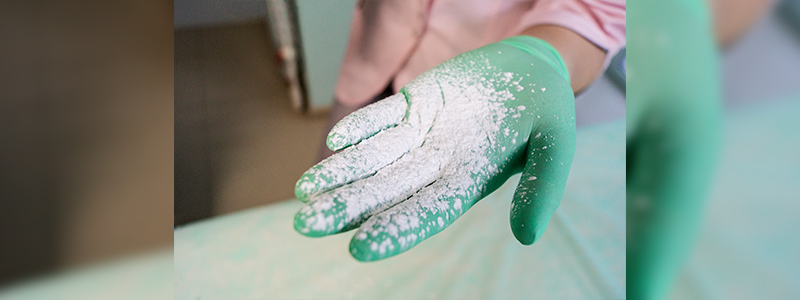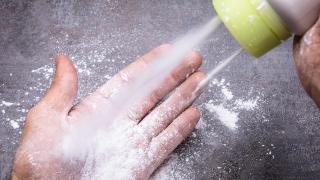List Of 1,000 Talcum Powder Cases Released For Discovery
List Of 1,000 Talcum Powder Cases Released For Discovery

Introduction
U.S. District Judge Freda L. Wolfson randomly selected 1,000 talcum powder cancer lawsuits for bellwether discovery procedures, initiating the first step towards the preparation for early trial dates in the federal court system.
Judge Wolfson announced the list of randomly selected cases on June 4, through a court order. According to the order, the plaintiffs named in the list of cases should produce a fully complete and verified Profile Form within 90 days, provide medical record retrieval authorizations, and promptly order and produce core records about their claims.
The way for the talcum powder lawsuits to proceed was cleared in April, after the attempt by the defendant, Johnson & Johnson (J&J), to exclude plaintiffs’ expert witness testimony was rejected. Judge Wolfson indicated that the evidence and opinions offered were sufficiently reliable under the federal Daubert standard to present the case to the juries.
Last month, J&J decided to stop selling its talcum-based products in the U.S. and Canada due to declined consumer demand and misinformation about the safety of the products.
Talc is a naturally occurring silicate mineral mined from rock deposits in the Earth’s crust. In 2019, three companies operated talc mines in the United States, and they produced 630,000 tons of talc valued at about $24 million, according to the U.S. Geological Survey.
Manufacturers crush, dry and mill talc into a fine, soft, white powder called talcum powder. The powder serves as a lubricant and adds softness and shine to products. It prevents caking, absorbs moisture, and makes products feel silky. This makes it a common ingredient in cosmetics, food additives, and industrial products.
People have been using talc as far back as ancient Egypt. Ancient Assyrians and Native Americans also used talc for a variety of purposes. Talcum powder has cosmetic and industrial uses.
The cosmetic talcum powder product most recognized by consumers is Johnson’s Baby Powder. In 1893, Johnson & Johnson released Johnson’s Baby Powder after discovering it could prevent diaper rash. Then companies began marketing it to women. They said talc was good for controlling odor and moisture in the genital area.
The International Agency for Research on Cancer (IARC) says talc contaminated with asbestos is “carcinogenic to humans.” But the agency, which is a division of the World Health Organization, also specifies that asbestos-free talc is “not classifiable as to carcinogenicity in humans,” according to the agency’s June 2020 monographs on the identification of carcinogenic hazards to humans.
Scientific literature going back to the 1960s has suggested a link between talcum powder and ovarian cancer, but there hasn’t been a conclusive determination, according to the FDA. Women in these studies used talcum powder around the genital area.
The IARC has declared the use of talc in the genital (perineal) region as “possibly carcinogenic to humans” according to the agency’s June 2020 monographs on the identification of carcinogenic hazards to humans.
The American Academy of Pediatrics has voiced concerns about baby powder for decades. The organization recommends against the use of talcum powders on babies because it can cause severe lung damage and breathing problems if inhaled.
More than 17,000 talcum powder and shower-to-shower lawsuits are filed against J&J, which are consolidated under multidistrict litigation MDL No. 2738, each raising similar claims that the manufacturer knew about the presence of asbestos and the risk of cancer, yet failed to warn consumers.
Latest News
DOJ Opposes JnJ’s Texas Bankruptcy Move in Talc Lawsuit Cases
The U.S. Department of Justice (DOJ) recently opposed Johnson & Johnson’s latest attempt to use bankruptcy to resolve tens of thousands of…




